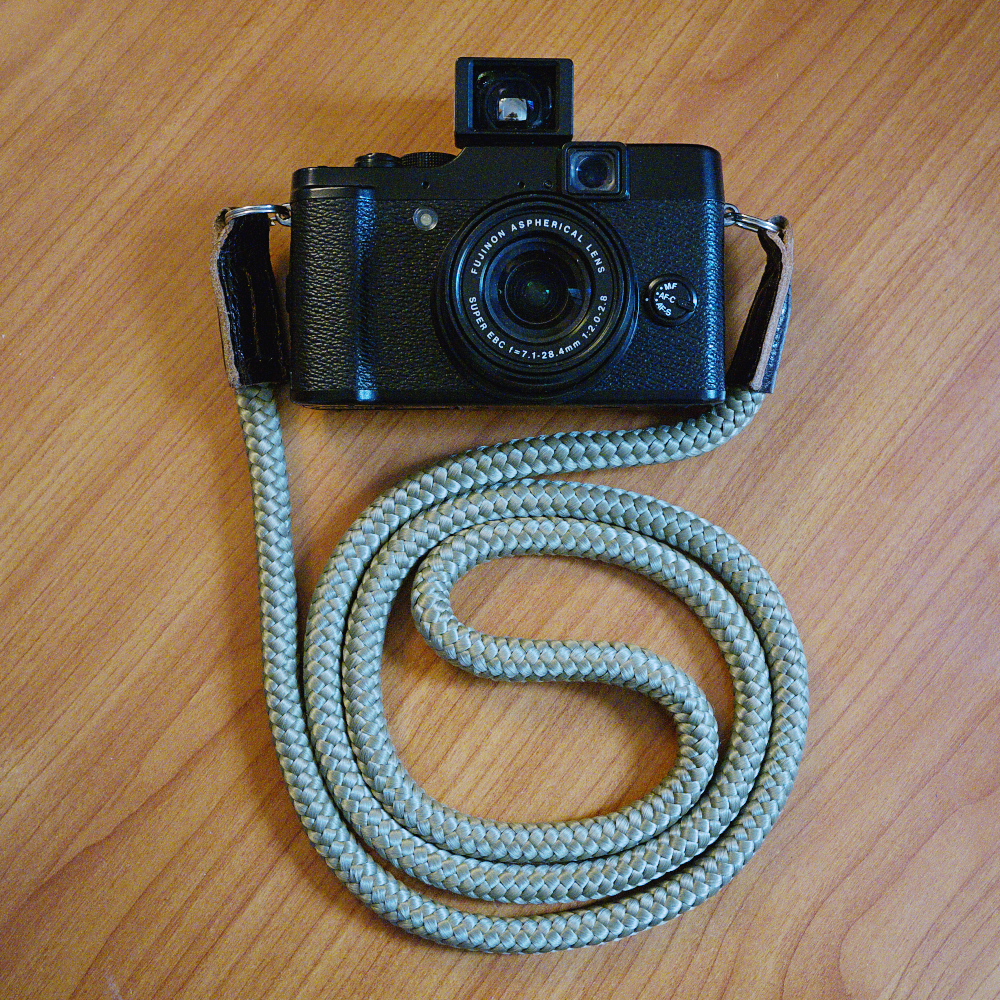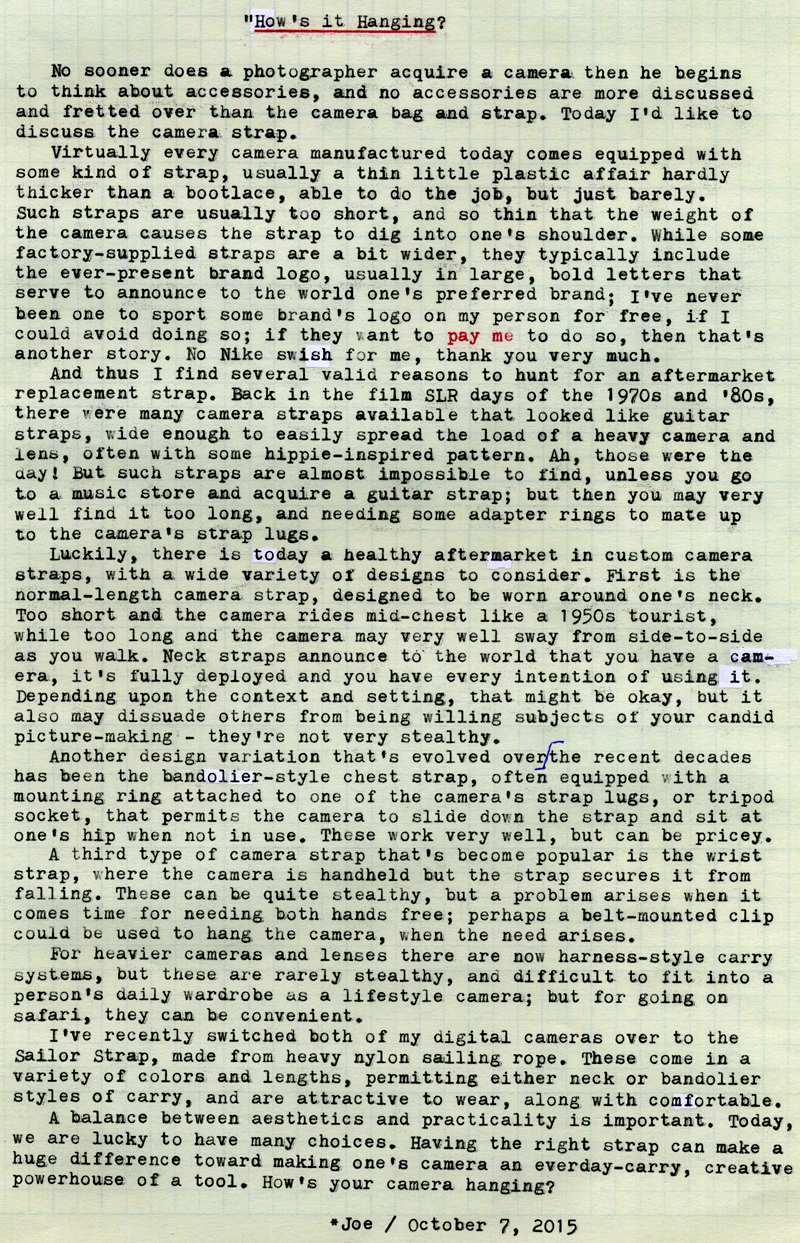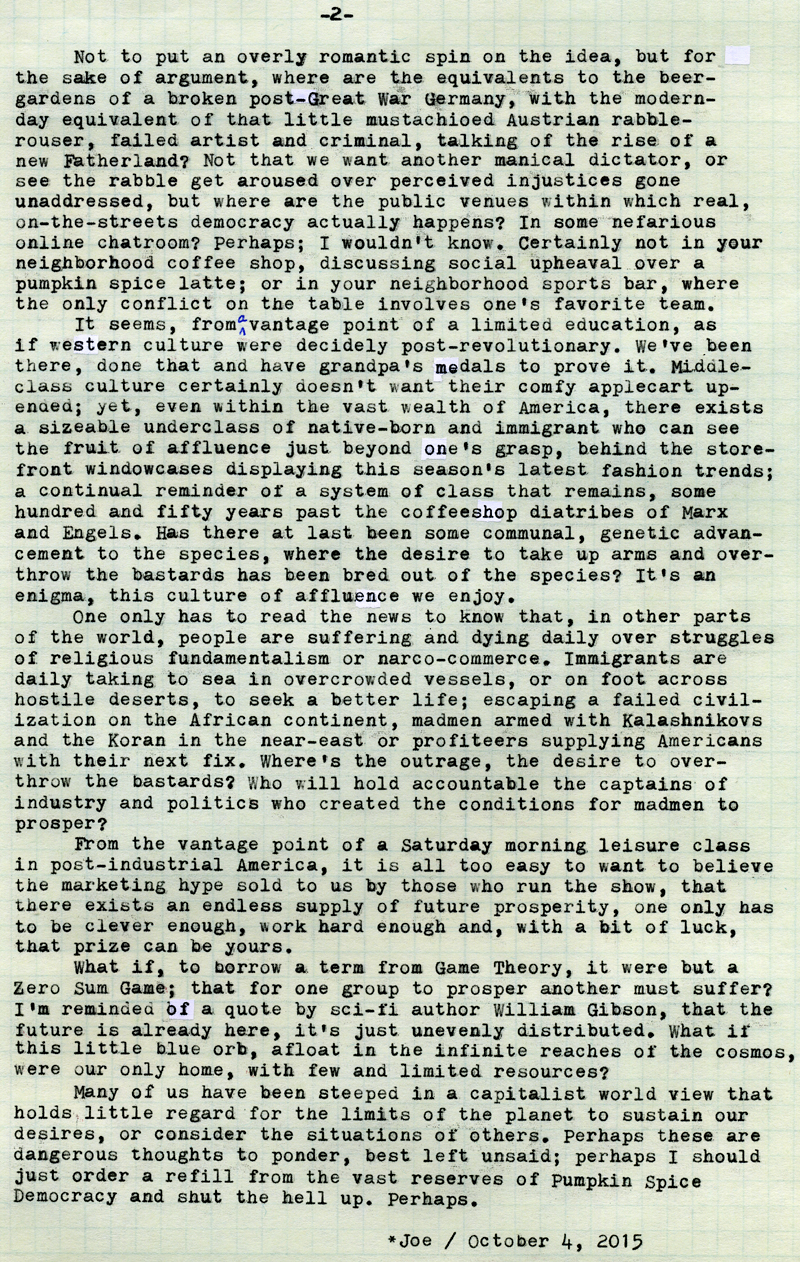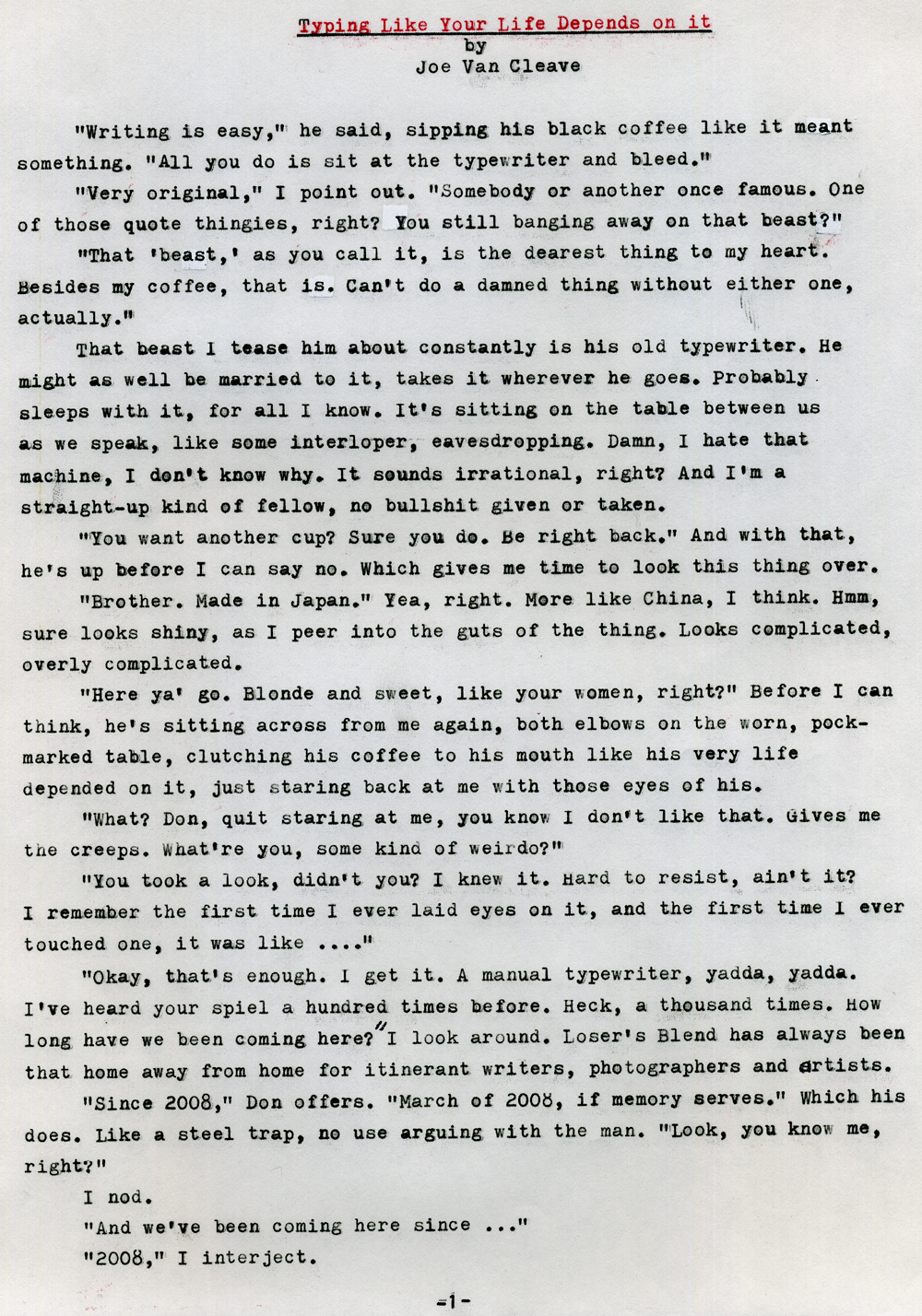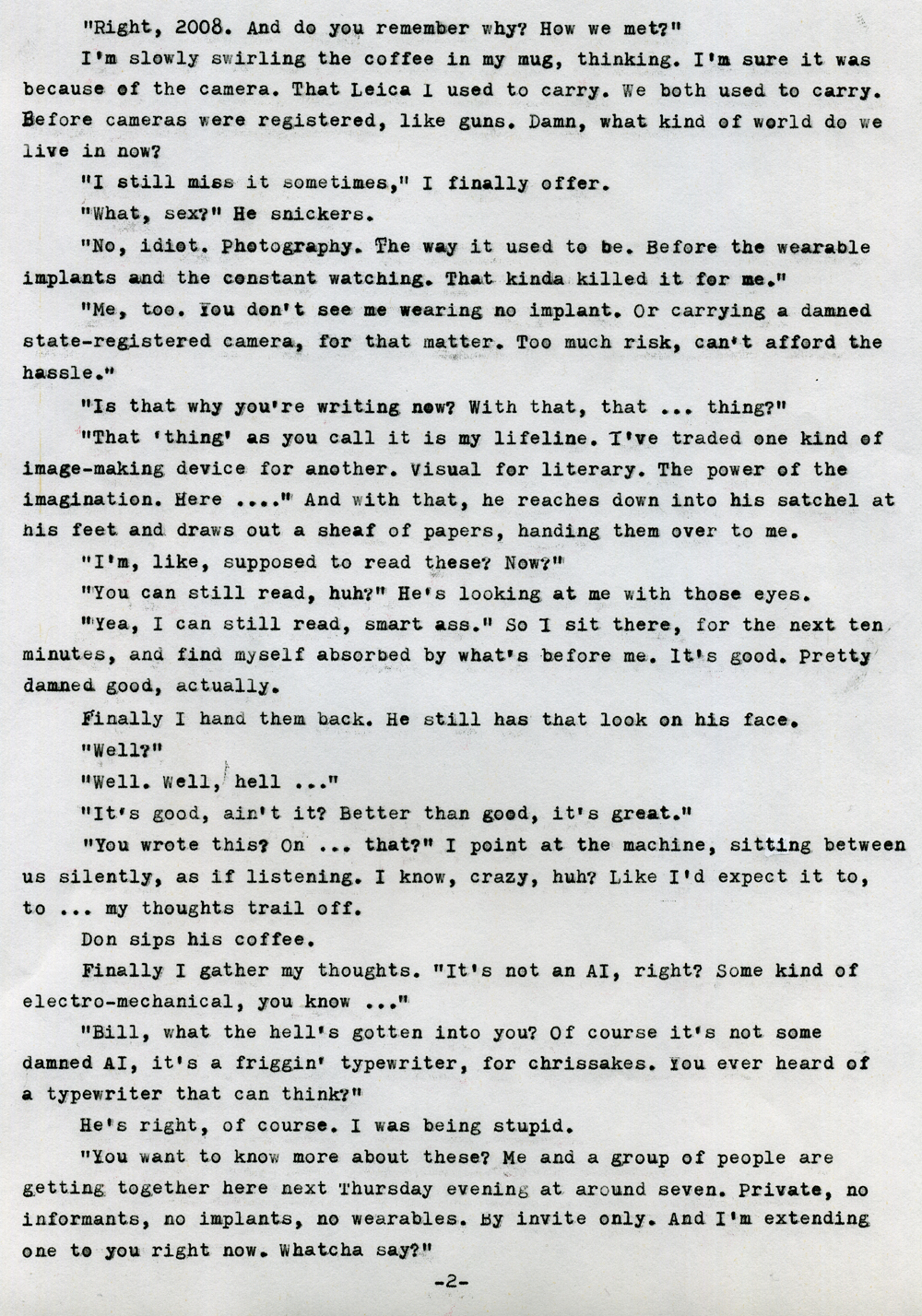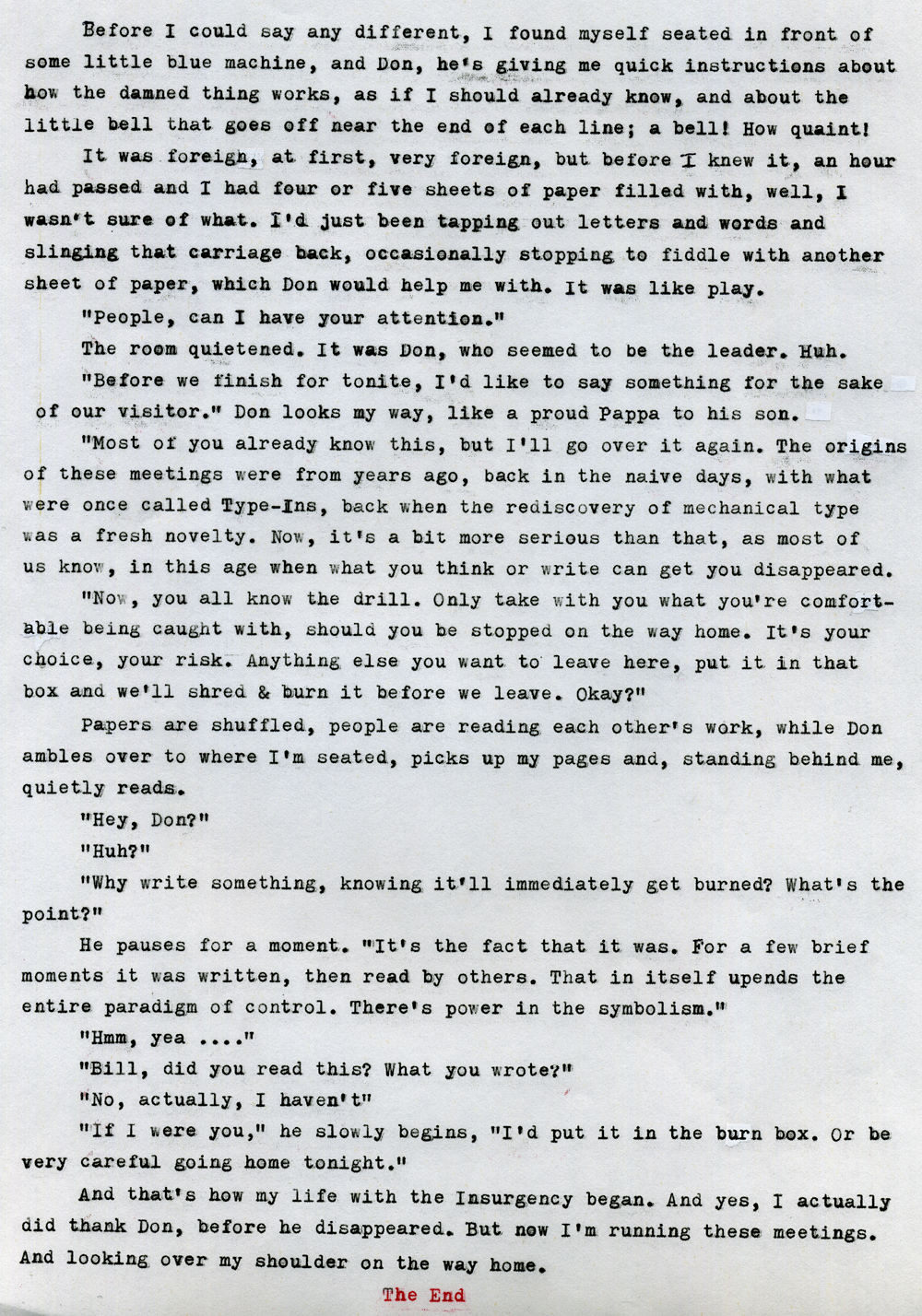Keep Looking Up
Post-Script: Here's a Wikipedia article about the amateur telescope revolution that John Dobson started.
As I alluded to in this piece, a big "light-bucket" of a telescope doesn't necessarily help you see better in poor skies such as found in cities. That's why many urban stargazers use smaller scopes like high-quality refractors, or smaller-sized mirror telescopes with longer focal ratios, better suited for observing the moon and planets - objects that are still well-suited for urban viewing (along with open star clusters, globular clusters and variable stars).
For myself, the ease of setup and storage is of prime concern, hence my preference for binoculars and a tripod; or, as seen in the top photo, my observing mount for using the large binoculars with a reclining lawn chair.
As for the 8" reflector scope mentioned, it's been in storage for a few years; a gift from a relative, but one that I've been ill-suited to use, due to the German equatorial mount's ungainly size when assembled, and difficulty of storing otherwise. Hence my idea of converting this scope to a Dobsonian-style mount, which would require only several square feet of floor space to store, in an upright position, when not being used. Of course, the downside of such a mounting system is that the scope is no longer clock-driven to follow the motion of the stars, but it seems like a reasonable compromise to gain more viewing opportunities through the larger instrument.
One other experience from early this morning that I'd like to mention is, while viewing the Great Nebula in Orion, an artificial satellite zipped through my field of view, right past Orion's belt, heading northeast. I was able to easily follow it with my naked eye, even with the sky glow from city lights and dawn in the east, until it was below my local horizon. This in itself was not so unusual, but it was the brightness of the satellite that amazed me, as bright as the brightest star in the sky, that being Sirius, to the southeast of Orion; and no, I don't believe it was the International Space Station. I'm guessing military; someone's military, anyway. I then turned back to the telescope and Orion, when yet another, dimmer satellite zips right past again, following the same orbit as the earlier object, as if the two were orbiting in close proximity. This second one was more reddish-orange in color and couldn't be seen with the naked eye.
As a visual observer of the night sky, and in the tradition of countless others who have observed the mysteries of the night sky for thousands of years in various cultures, we're going to have to get used to the idea that artificial satellites are part of the visual sky-watching experience, every bit of a viable visual phenomenon as any other observable event. I mention this because the subject is virtually taboo on astronomy discussion forums these days, who relegate the mention of such objects as "oh, another satellite," or "oh, just an abandoned rocket booster tumbling in orbit," or "oh, just another Iridium flare;" as if it were appropriate to classify man-made satellites differently from natural, then dismiss them altogether. To the visual observer, they are one and the same: visual phenomena that I go outside and can see , often both in the same field of view. Yes, they may have different origins, but many of them will be in orbit for centuries, new celestial objects to be seen from the ground.
There's also a rather unscientific lack of curiosity about the nature and purpose of such artificial satellites, at least in the amateur community, out of proportion to the curiosity they'd otherwise show for natural celestial objects. Like there's some mental gymnastics at work, some denial that comes from living under the watchful eye of ... whomever.
But this little stargazing experience reinforced the notion that curiosity is at the core of all scientific inquiry, and is essential to what makes us uniquely human. Don't ever lose your curiosity, even if it's about something "they" say shouldn't be thought about or discussed; probably a good sign you're on to something important.
Typecast via Olivetti Lettera 22.
